- Product
- Solution for
For Your Industry
- Plans & Pricing
- Company
- Resources
For Your Industry
In the world of e-commerce and retail, pricing has always been seen as the primary lever for driving competitiveness. Businesses invest heavily in price monitoring, automated competitor tracking, and repricing engines to stay ahead. But there’s another crucial factor often overlooked: competitor stock availability.
Monitoring when competitors are in or out of stock gives retailers a powerful, often underutilized advantage. By integrating stock availability insights into pricing and promotional strategies, businesses can boost conversions, increase margins, and capture market share with precision. In this article, we’ll explore why competitor stock availability is the hidden lever for sales growth, how to track it effectively, and what strategies to use to maximize its impact.

Increased Sales Opportunities – Capture demand when competitors are unable to fulfill it.
Higher Margins – Take advantage of reduced competition by maintaining or raising prices.
Customer Acquisition – Win new customers who may remain loyal even after competitors restock.
According to a 2023 McKinsey study, retailers who incorporated stock availability monitoring into their pricing strategy saw a 10–15% increase in conversion rates compared to those relying on price monitoring alone.
Relying solely on competitor pricing data is like seeing only half the picture. Two retailers may appear evenly matched on price, but if one is out of stock, the dynamics change completely. Without factoring in competitor stock availability, your business may:
Miss out on raising prices when demand is high.
Fail to position promotions strategically.
Underestimate your market advantage.
A European fashion retailer noticed a consistent pattern where its competitors ran out of popular seasonal items halfway through sales campaigns. By integrating stock availability monitoring, they strategically raised prices and extended promotions, leading to a 7% uplift in revenue during peak seasons.
By combining price monitoring with stock tracking, retailers can move from reactive to proactive decision-making.
Monitoring stock availability is no longer a manual process. Advanced automated competitor tracking tools now include stock availability monitoring alongside price intelligence. These systems can detect when competitors run out of inventory, alert you in real-time, and integrate insights directly into your pricing engine.
Real-time detection of competitor out-of-stock signals.
Coverage across multiple marketplaces and online stores.
Historical stock trend analysis for long-term forecasting.
Integration with your repricing engine for immediate action.
An online electronics retailer used automated competitor stock monitoring during the Black Friday season. When their top competitor ran out of stock on a flagship smartphone, they adjusted their ads to highlight “In Stock – Immediate Shipping” and increased pricing slightly. The result was a 20% spike in conversions over the holiday weekend.
Simply knowing when competitors are out of stock is not enough — you need to act on it strategically. Here are some approaches:
Raise Prices Strategically: If demand is high and competitors are out of stock, you can safely increase prices without losing customers.
Boost Visibility: Invest in ads or highlight stock availability in product listings to capture shifting demand.
Bundle Products: Offer bundled deals when competitors can’t fulfill certain items, increasing basket size.
Plan Promotions: Time discounts or campaigns for moments when competitors are understocked, maximizing impact.
Imagine you sell popular wireless earbuds. Two of your main competitors run out of stock during the holiday season. With real-time alerts, you can:
Increase your price slightly to improve margins.
Boost your paid ads, emphasizing “In Stock & Ready to Ship.”
Capture new customers who may stay loyal beyond the season.
A 2022 Forrester survey found that 70% of online shoppers switch to another brand when their first choice is out of stock. That means every competitor stockout is a chance to win not only a one-time sale but potentially a long-term customer.
Competitor stock availability isn’t just about short-term wins. By analyzing historical trends, businesses can:
Identify recurring out-of-stock patterns for competitors.
Predict demand surges (e.g., holidays, product launches).
Plan inventory and pricing strategies more effectively.
A grocery delivery platform noticed recurring stockouts of popular beverages from a competitor every summer. By anticipating these patterns, they increased ad spend during peak periods and optimized pricing. This strategy led to a 12% year-over-year growth in category sales.
Retailers who integrate these insights into forecasting gain a lasting advantage, ensuring they’re always positioned to meet demand when others can’t.
The eCommerce battlefield is evolving. Price will always be a key driver, but the brands that thrive will be those leveraging a full spectrum of competitive intelligence. Competitor stock availability is the hidden lever that turns market gaps into growth opportunities.
By combining stock insights with automated competitor tracking, you can:
Increase revenue by seizing missed opportunities.
Optimize pricing for maximum profitability.
Strengthen your competitive edge with data others overlook.
According to Gartner, retailers who combined price monitoring with stock availability tracking improved profit margins by 15–25% compared to those using price-only strategies.
When evaluating a solution, consider the following:
Does it track stock availability in real time across all key competitors?
Does it integrate seamlessly with price monitoring and repricing engines?
Can it provide historical stock data for forecasting?
Is it scalable across multiple markets and product categories?
Does it deliver actionable alerts and insights that your team can use immediately?
A robust solution ensures you’re not just monitoring — you’re acting on opportunities the moment they arise.
Competitor stock availability is often underestimated, but it has the power to transform your sales and pricing strategies. If your current solution doesn’t provide stock tracking, you’re only seeing part of the market landscape.
By investing in automated competitor tracking tools that include stock availability insights, you ensure you capture demand when it matters most. Don’t let competitor stockouts be a missed opportunity — turn them into a growth engine for your business.
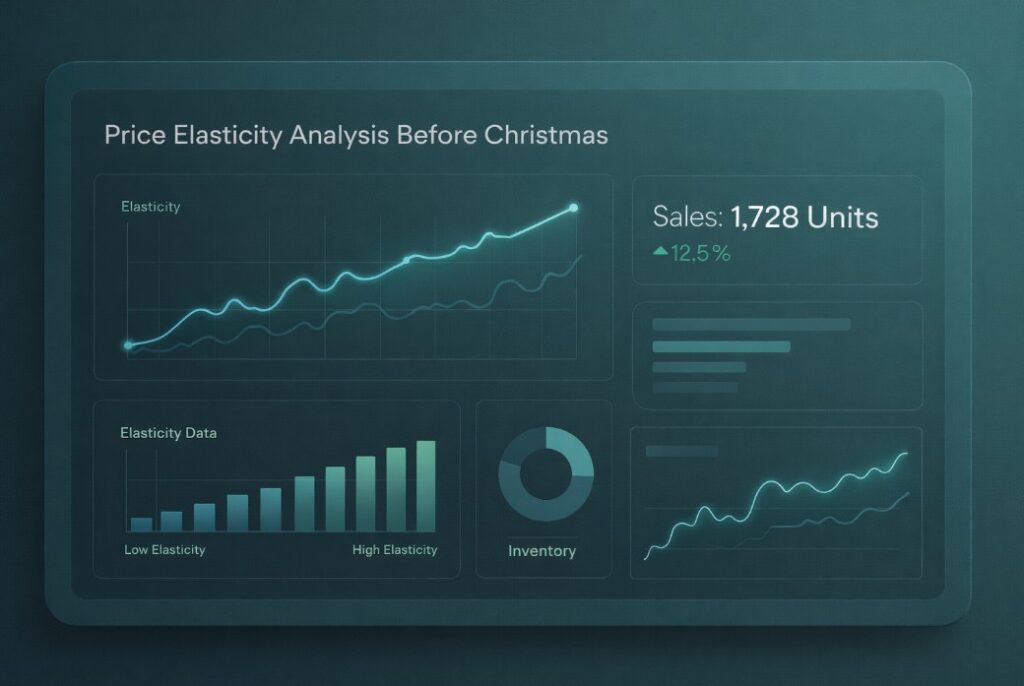
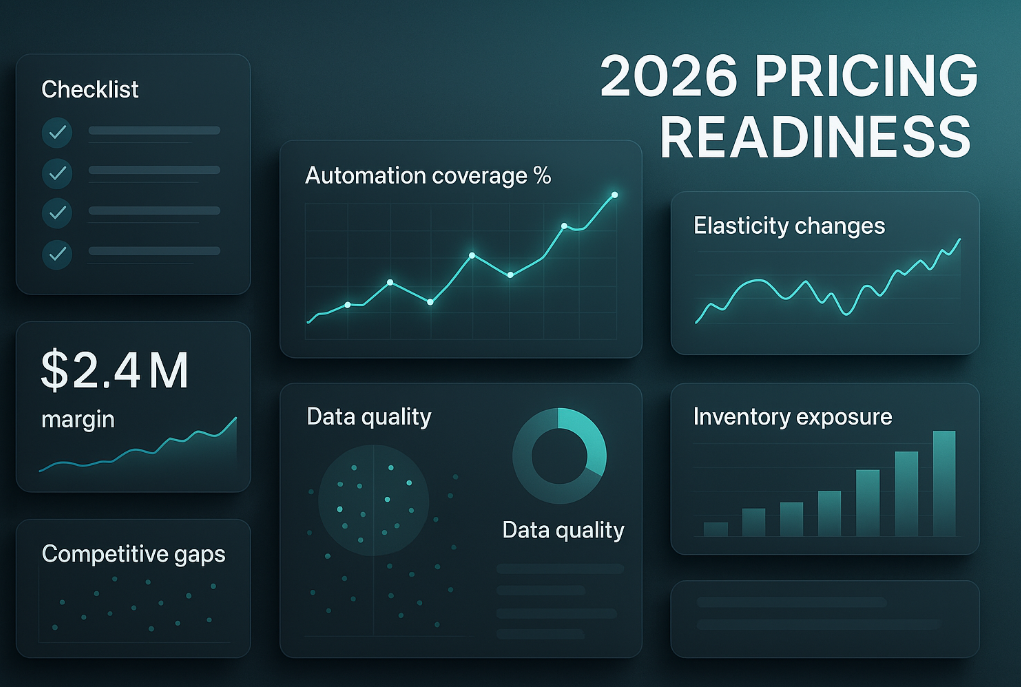
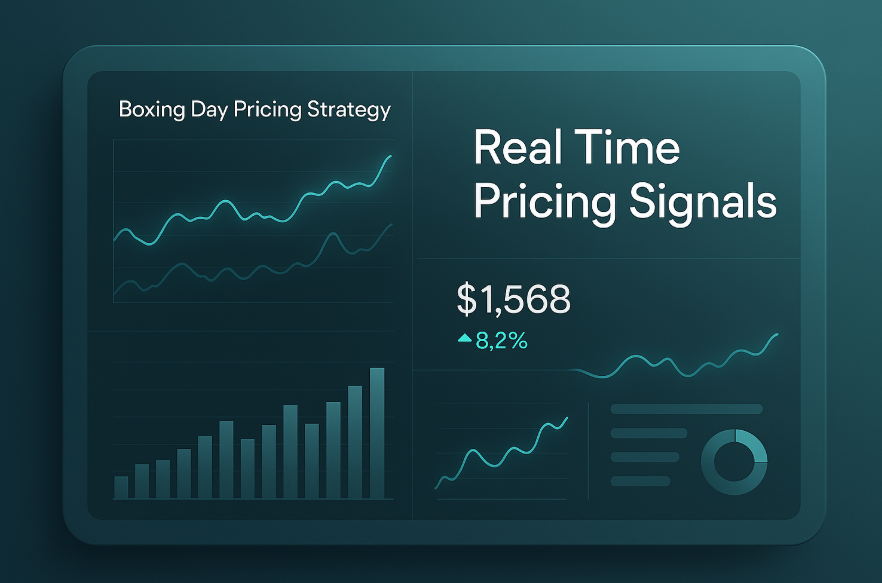
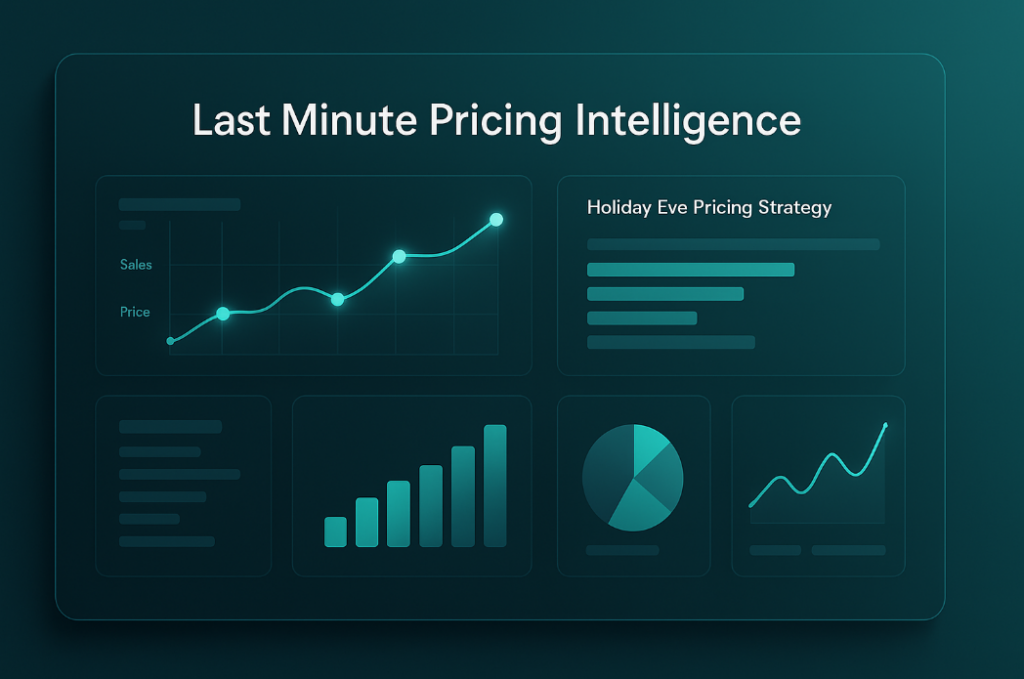

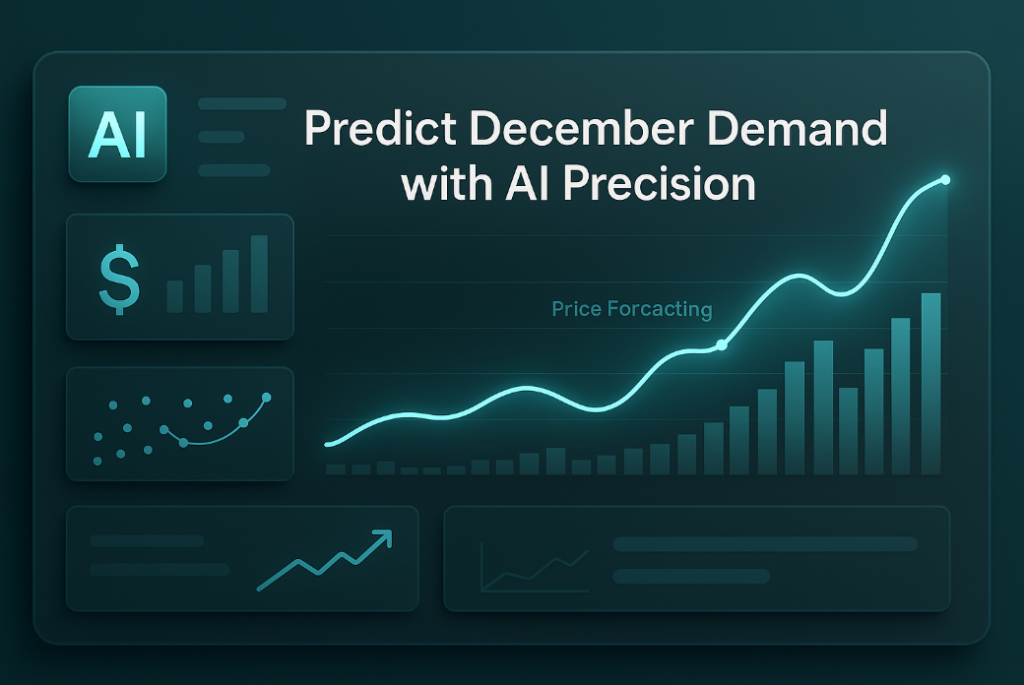
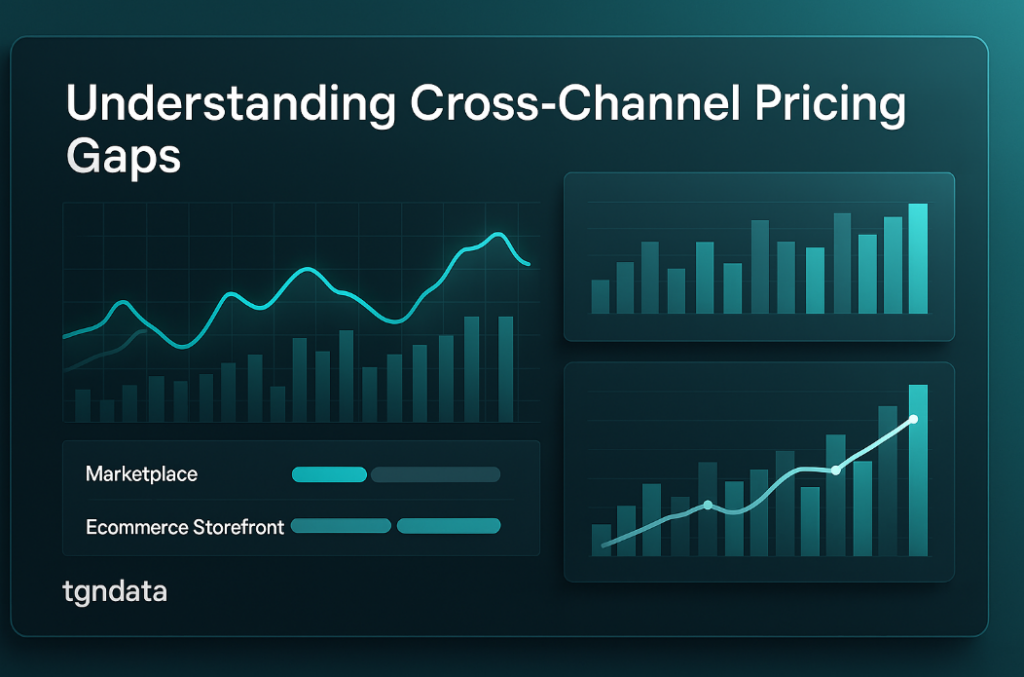






Missing an important marketplace?
Send us your request to add it!